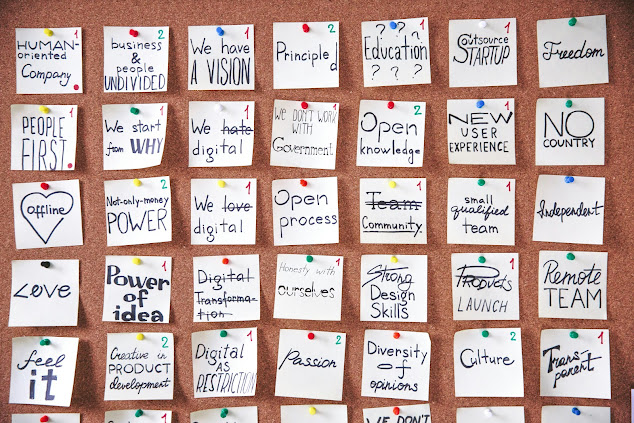Product Prioritization Frameworks
Prioritization is both a skill and duty of a product manager. Frameworks can facilitate the thinking process of prioritization and the prioritization process itself. They also help present the prioritization outputs in a structured and convincing manner to discuss with related stakeholders. I compile some established methods that will help product managers prioritize better.
RICE (Reach, Impact, Confidence, Effort) scoring model
Critical path (prioritizing tasks within a primary flow)
Kano model (rank items against user’s perceived value)
Importance vs Satisfaction framework (Product lean start-up)
ROI scorecard (prioritize based on return on investment)
MoSCoW (Must have, Should have, Could have, and Will not have) scoring scheme
Weighted scoring
Value vs. complexity
- Buy-a-feature
- Opportunity scoring
Reference:
Photo by Polina Zimmerman: https://www.pexels.com/photo/sticky-notes-on-board-3782235/

Comments
Post a Comment